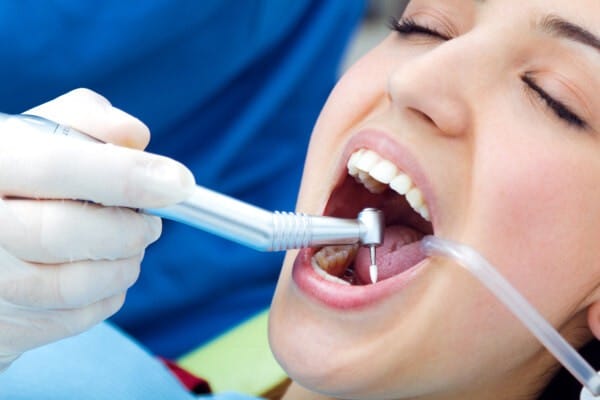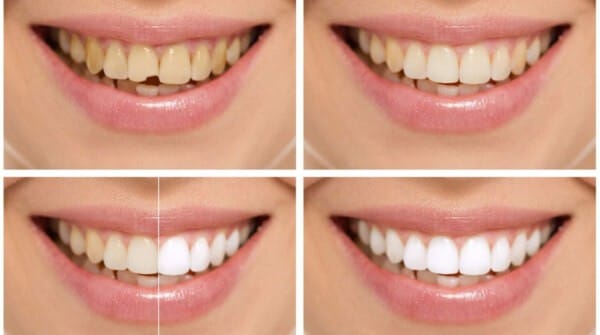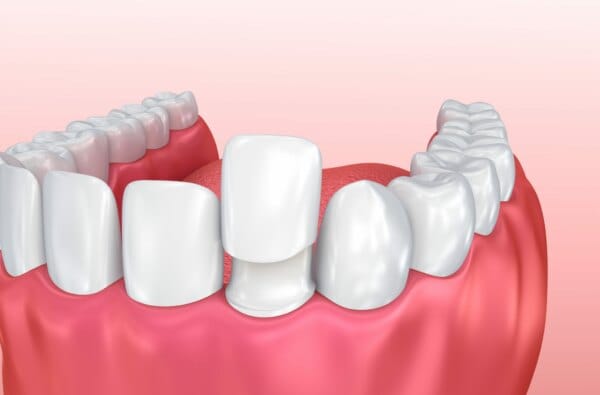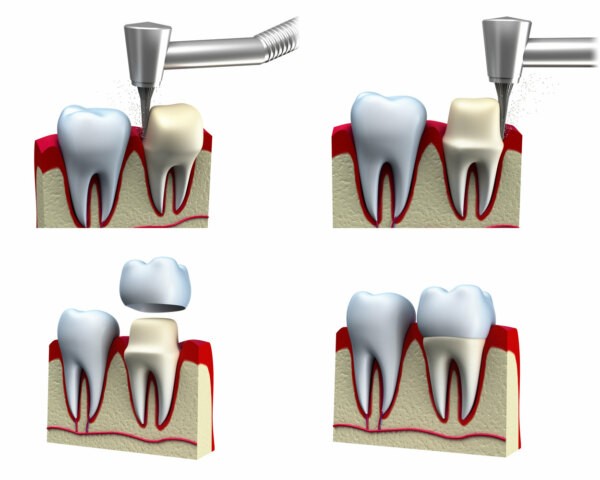DISCOLORED TEETH: CAUSES, SYMPTOMS, AND TREATMENT
COMMON CAUSES:
1. SMOKING OR CHEWING TOBACCO
Excessive tobacco consumption is the main culprit behind taking away the sparkle of your teeth. It not only discolors your teeth but also enhances your chances of being a victim of various types of gum disease.
2. DIET:
A diet that is enriched with items like citrus fruits and dark-colored foods such as tea, coffee, and wine, as well as certain vegetables, such as tomatoes and beets, can also contribute to stained teeth.
3. POOR DENTAL HYGIENE:
If you fail to maintain a good oral hygiene routine and forget to brush your teeth on a daily basis, you are definitely at a higher chance of discoloring your teeth. Poor oral hygiene is a major contributor to tooth staining.
4. DISEASE:
Various conditions can influence the color of your teeth, including liver disease, calcium deficiency, eating disorders, and celiac disease.
5. MEDICINE:
Certain medications, such as tetracycline and doxycycline antibiotics, antihistamines, high blood pressure medication, and antipsychotic drugs, can lead to tooth discoloration. It is important to be aware of these potential side effects and consult your healthcare provider for alternatives or advice on managing any discoloration.
6. AGING:
With aging, tooth enamel naturally thins, exposing the yellowing dentin beneath. Additionally, tooth discoloration can be influenced by factors like genetics, trauma, excessive fluoride (fluorosis), and prior dental procedures.
PREVENTION
In order to keep your smile healthy and bright, taking care of your teeth is super important. You can avoid teeth getting stained by making some easy changes in your habits, like giving up smoking and cutting back on dark drinks like coffee and tea. But there are more tricks you might not know about!
- Drinking water often, especially after eating, helps to get rid of food bits and stops staining. When you sip on colorful drinks, using a straw can keep them away from your teeth.
- Eating healthy foods like green veggies, nuts, cheese, and foods with fiber makes your enamel stronger and prevents discoloration. Plus, they make your mouth produce more saliva, which is great for washing away stuff that can hurt your teeth.
- Keeping up with your dental routine is a big deal. Brush your teeth for two minutes twice a day, and floss once a day to keep them clean and happy.
- Seeing your dentist every six months for check-ups and cleanings is super important, too. They can catch any problems early and give you the right treatment to stop tooth discoloration and other dental issues.
PROFESSIONAL TREATMENT FOR TOOTH DISCOLORATION
Your dentist can use different kinds of treatment options, depending on your personal preferences and the extent of your tooth staining. The type of treatment approach they suggest is also contingent on the underlying cause and whether the stains have affected the inner or outer layers of your teeth.
1. TEETH WHITENING
Dentists usually utilize two ways to whiten your teeth: one you do at the office and the other you do at home. They use special gels with hydrogen peroxide or carbamide peroxide to get rid of stains on your teeth. The in-office one is quicker, about an hour. The at-home one takes longer, like 30 to 60 minutes every day for up to six weeks.
Both ways come with their own pros and cons. Your dentist can help you choose what aligns with your requirements and will suit you best.
2. DENTAL BONDING
If your teeth have become severely discolored and do not improve with whitening, then your dental professional may suggest dental bonding. In this procedure, a tooth-colored composite resin is applied to conceal the darkened and discolored teeth.
This is a much more wallet-friendly option compared to other alternatives, such as porcelain veneers. But they need a little maintenance every 5 to 6 years. However, if you have multiple stained or discolored teeth, dental bonding may not prove to be the best option for you.
3. PORCELAIN VENEERS
If your teeth are really stained, and whitening does not help, you can think about getting porcelain veneers. These are like thin, tough covers for your teeth made of ceramic. A dentist sticks them on the front of your teeth to hide stains or fix other problems like chips or weird shapes.
But here’s the thing: they do not last forever. You will need to change them every five to fifteen years. And once you have them, you can’t go back to how your teeth were before.
4. DENTAL CROWNS
If your discolored teeth are also damaged or weakened due to cavities, your dentist might suggest getting dental crowns.
A crown is like a cap that is shaped like a tooth. It goes over your damaged tooth to keep it safe from further harm. Dental crowns not only make your teeth look better but also help them work better and stay healthy.
KEY TAKEAWAY
Embracing the natural variations in tooth color depicts our individuality. Just as our personalities differ, so do our teeth, and that is completely normal. However, if there is a particular discoloration that makes you feel uneasy or self-conscious, it is absolutely okay to seek assistance from a dentist.
They possess the expertise to explore various options and find a solution that not only brightens your smile but also boosts your confidence. Remember, your smile is a unique part of who you are, and it deserves to shine as brilliantly as you do.















